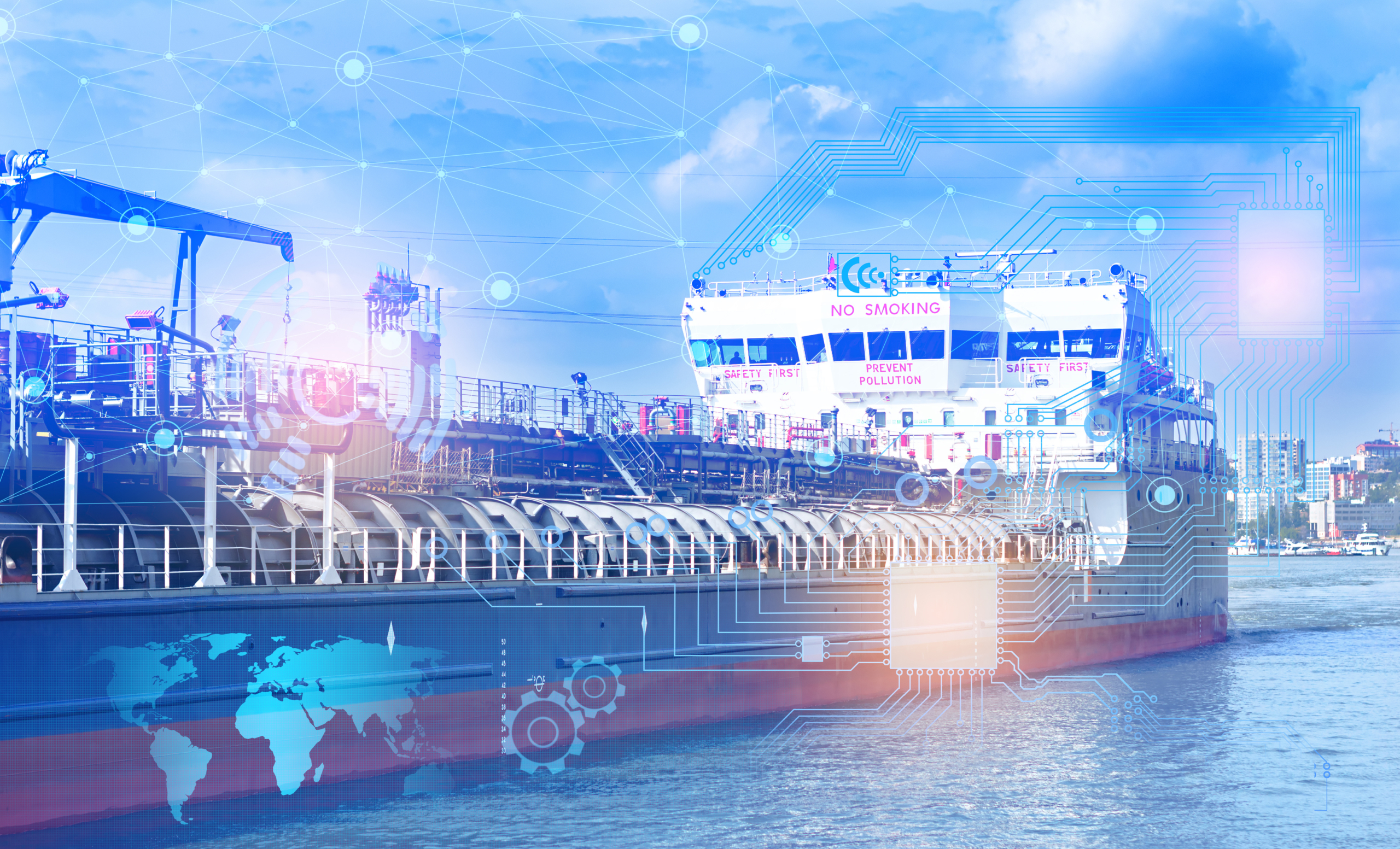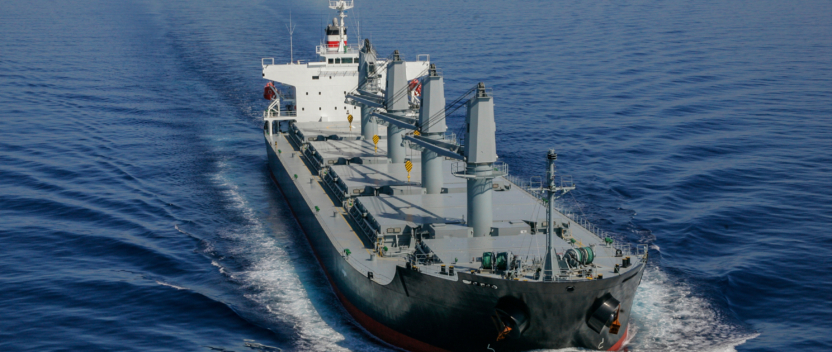New LEO services - a revolution in crew communications?

The biggest maritime technology trend of 2022 – and likely of 2023 – is taking place above our heads. The availability of new Low Earth Orbit (LEO) satellite systems, from providers including Starlink and OneWeb is not yet complete, but it is already prompting shipowners to review their strategies for crew welfare communications.
The maritime industry has historically faced challenges in providing reliable and fast internet connectivity to ships at sea.
The availability and quality of satellite-based Internet services can vary greatly depending on factors such as the location of the vessel, the size and position of the satellites, the distance to nearest land gateway, regulatory constraints and the type of equipment being used. There is also the matter of the shipowner’s willingness to pay for connectivity, or their desire to have crew contribute to the costs of usage.
LEO satellite connectivity promises a re-writing of the rule book in terms of throughput speeds and latency, though the lower prices that some earlier forecast may not materialise in all cases. Even so, LEO will provide much higher bandwidth without the delays that dogged legacy systems, making all sorts of new services and applications possible.
There’s no question this is the news that vessel crews have been waiting for. Lack of internet access – or even a patchy and unreliable service – can make life onboard ship isolating and difficult for crew members, leading to low morale, dissatisfaction and high turnover rates.
The availability of high bandwidth, low latency internet access will enable crew to access streaming-based TV and movie services and make possible video calls to friends and family at any private time. Enhanced internet access will boost contact and transparency with HR teams, through better access to company social networks, chat tools and intranets.
Not everyone thinks this is entirely a good idea. Some P&I Clubs have previously bemoaned the lack of social interaction between crew members and the prevalence of ‘screen culture’ as opposed to shared downtime.
The reasons for this are numerous and extend far beyond blaming technology for a lack of social interaction. As the Seafarers Happiness Index noted last year, some of the communal facilities provided by owners are going unused because seafarers say they do not have either the time or energy to do anything but work, eat and sleep.
But there are positive benefits beyond mere entertainment too.
Shipping has for many years sought better solutions to supporting crew health and welfare while onboard ship. Low latency connectivity can be used to support the increased use of telemedicine and remote health monitoring applications with clinicians in direct touch with patients. Using the same video capability would enable crew to receive counselling and advice to support their mental health and wellness.
Better quality, higher bandwidth services mean crew can have more regular access to consultation and counselling with shore-based medical staff to support mental and physical wellbeing and healthcare.
Low latency connectivity will allow crew members to access interactive and immersive training and education resources, including online courses and certification programs, helping to improve their skills and knowledge. Rather than downloading material to be studied offline, crews can receive training on regulatory updates, safety information and skills for equipment onboard using streaming services, connecting them and colleagues to shore-based providers.
There are other factors in play too. The much vaunted transition to a smart, digitalised shipping fleet will require much more data and information than the minimum levels that operators have been used to.
Shipowners are increasing the volume of data they send and receive as they look to increase efficiency, reduce operational expenditure and aim for lower carbon emissions. Supporting this change creates the need for both far greater flexibility in terms of service packages and guarantees in terms of bandwidth provided.
New LEO services will be transformational in many ways, not least in the way they are sold by the providers, which in some cases is on a ‘best-effort’ and volume-based data model, rather than the guaranteed bandwidth, ‘all you can eat’ model that VSAT users are used to. This means that in busy areas, ships will still compete for bandwidth and that the services may not be as cheap as some predicted.
Even so, for those shipowners whose fleets are among the first movers towards adopting LEO services for crew communications, the difference should be dramatic in terms of the quality of service available. The interview process for valuable sea staff will normally include the question about internet access onboard. In future it’s likely to be ‘Do you have LEO?’


